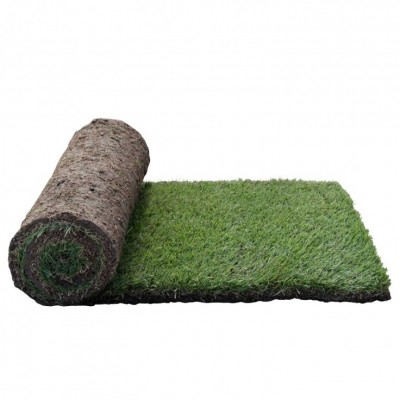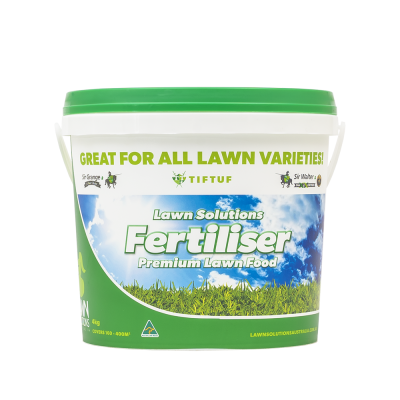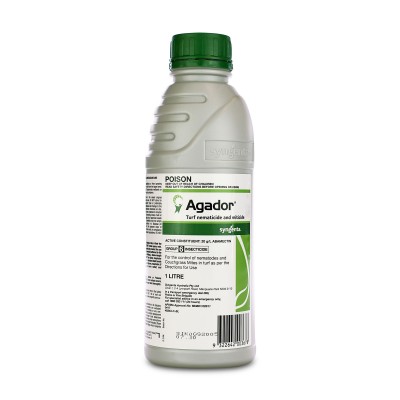Are you looking to elevate your lawn by lowering its height of cut (HOC)? Reducing your lawn’s HOC is not always essential, but it can improve the aesthetic of your home and lawn, especially if you are after a more manicured look. In this blog, we look at all you need to know about effectively bringing down your lawn’s HOC.
What Time of Year Can I Lower My Lawns HOC?
When lowering your mowing height, it is best only to do so while the lawn actively grows throughout the warmer months in spring and summer. This will ensure that the lawn can repair itself quickly. It is best to avoid doing this in autumn and spring.
Lowering HOC on Couch and Kikuyu
When giving Kikuyu and Couch grasses (like TifTuf Hybrid Bermuda) a low mow, you can take the lawn down almost back to dirt in the one mow, and the grass will be able to recover. Generally, you will only need to take the lawn down a notch or two below your preferred height and then, on your next mow, raise it back up to your preferred height. It is best to only do this in the warmer months when the grass is actively growing and should be avoided in autumn and winter.

Lowering HOC on Buffalo and Zoysia
When lowering your HOC on Buffalo and Zoysia grasses (like Sir Walter DNA Certified, Zoysia Australis and Sir Grange Zoysia), you may need to do this over a few goes as they will take longer to recover. Take your mower down by 2 or 3 notches, then wait for around 50% green up. Best to only do this in spring and summer and avoid in autumn and winter.
- If you are wanting to maintain your HOC above this height, raise your mower back up to your preferred mowing height and continue to mow regularly.
- If you want to maintain your HOC below this height after the grass has had a 50% green up, repeat this process of lowering your HOC by 2 -3 notches.
Recovery Tips
Once this is done, we recommend applying a granular fertiliser like our Lawn Solutions Premium Fertiliser and increase irrigation to the turf over the following days.
Once your preferred height has been achieved, to maintain your lawn at this height, ensure you are mowing the area regularly. As a general guide, you will need to mow your lawn regularly enough so that only one-third of the leaf is removed with each pass.
How to Get a Lower HOC When Cylinder Mowing?
If you want to lower your HOC when mowing shorter with a cylinder mower, it is best to use an rotary mower to do the height reset rather than using a sharp cylinder mower (this can be dependent on the height you want to achieve). This will take a couple of mows in different directions. Once the height is down, wait until there is new green leaf growth and mow again with the rotary mower. Following this, get your cylinder mower out, adjust the mower to your new HOC, and commence mowing regularly. This will help tighten the surface.
What Height Should I Mow My Lawn at?
Different lawn types have different recommended mowing heights. Knowing your lawn’s recommended height will help ensure it looks its best.
Guideline for ideal mowing heights:
(General rule of thumb: shorter for summer, longer for winter)
- Green couch: 5 to 30mm
- Buffalo grass (Sir Walter): 30 to 50mm
- Kikuyu: 30 to 50mm
- Zoysia matrella (Sir Grange): 5 to unmown
- Zoysia japonica (Zoysia Australis): 10 to ummown
- Queensland blue couch: 5 to 30mm
- Broadleaf carpet grass: 30 to 50m
- Hybrid Bermuda (TifTuf): 5 to 30mm
- Fescue: 30 to 50mm

For more lawn care tips and advice, make sure you check out our other lawn care blogs here.


